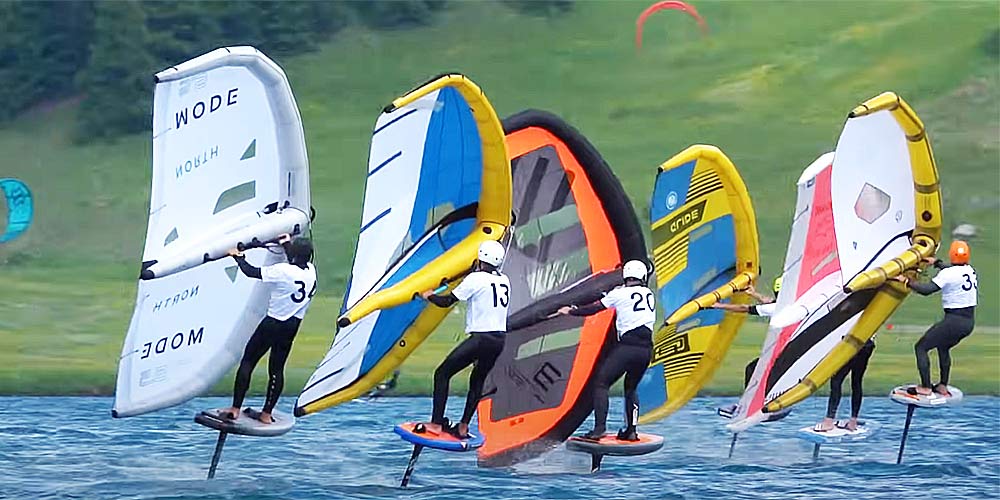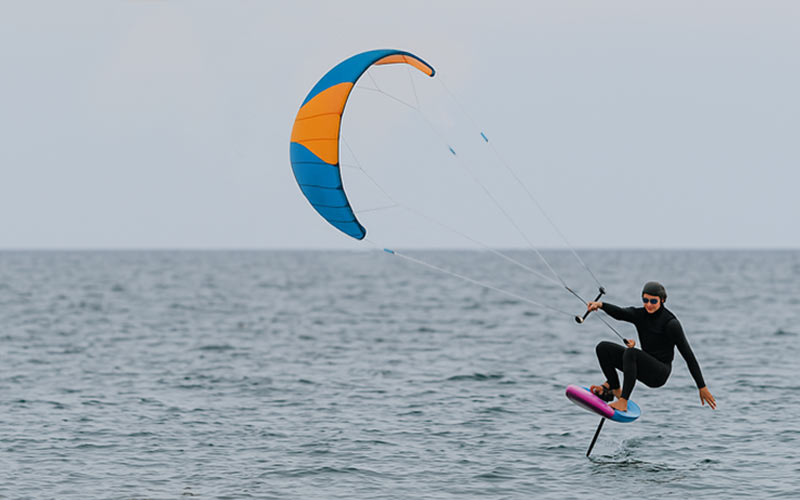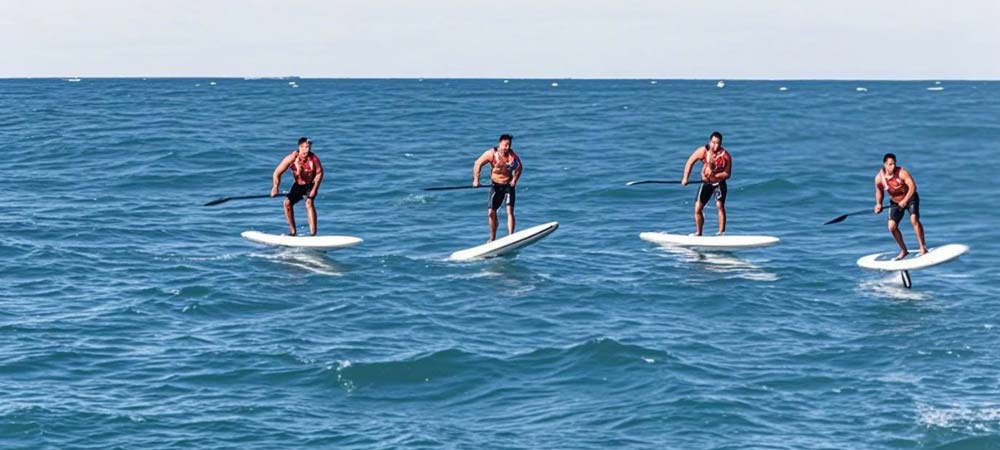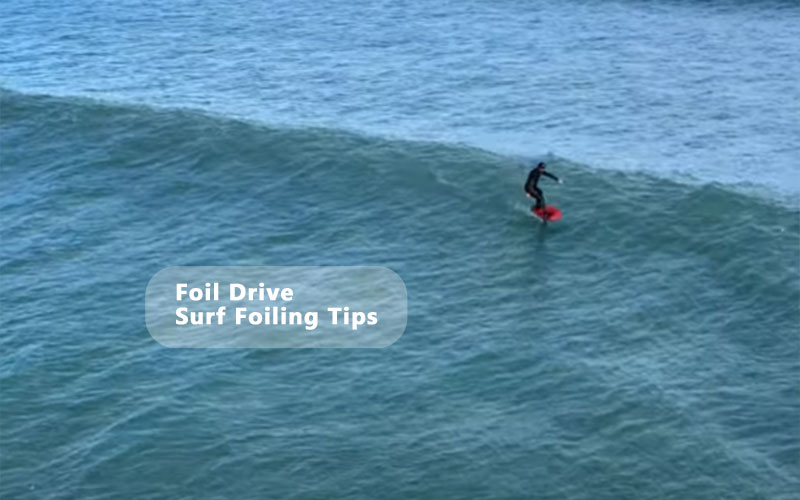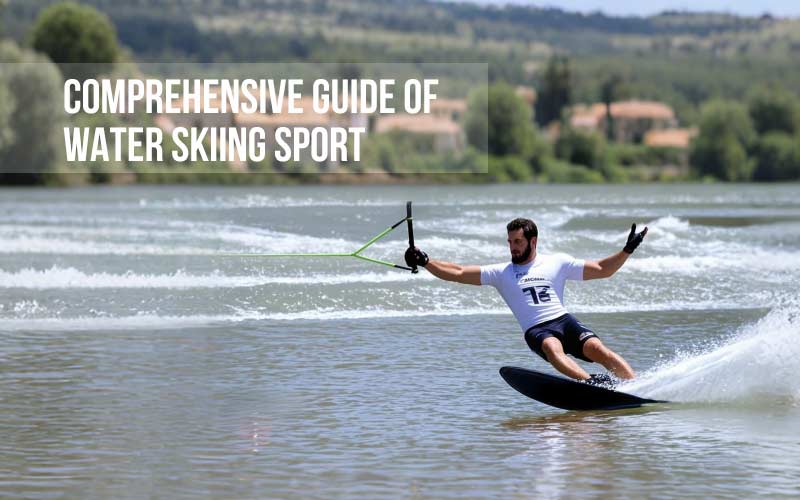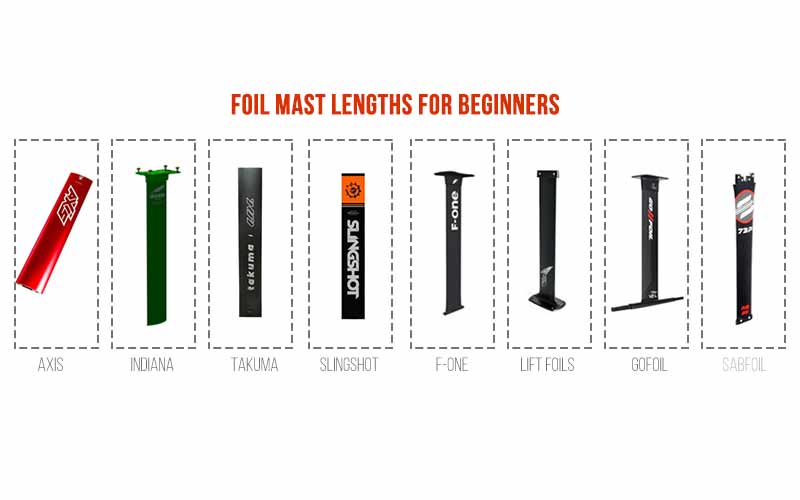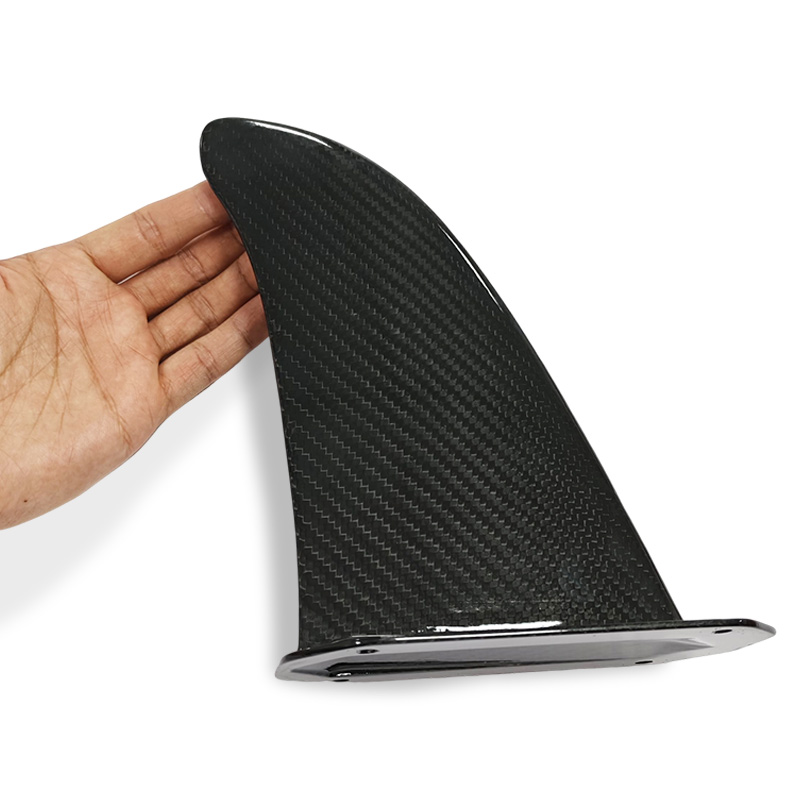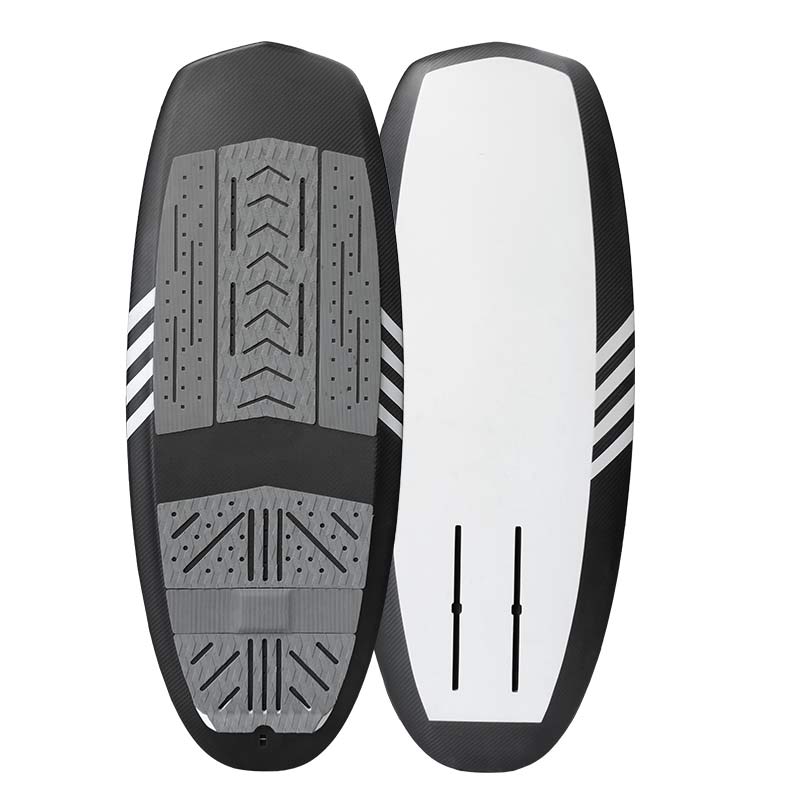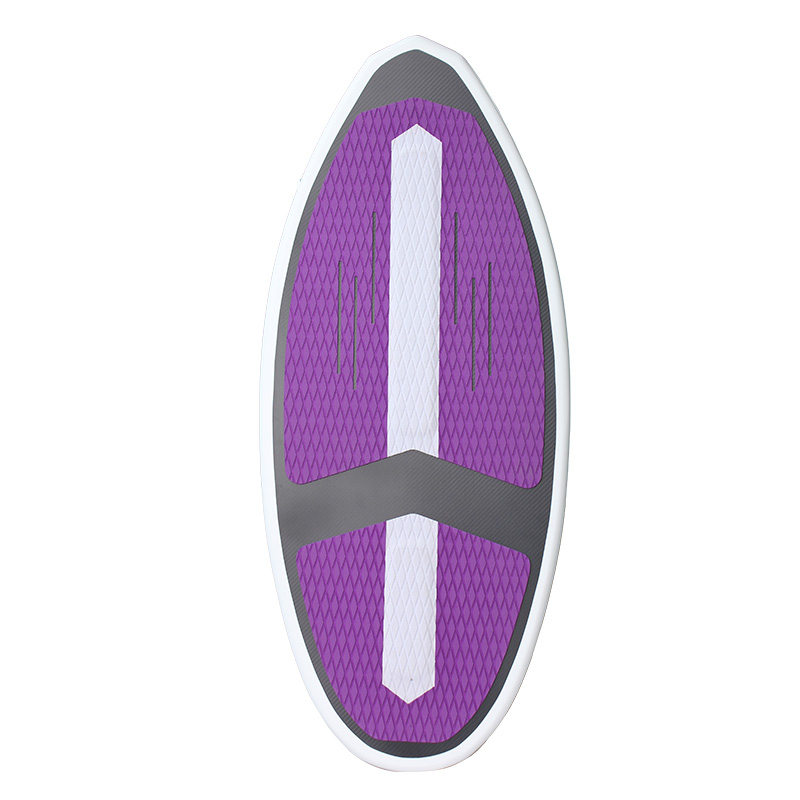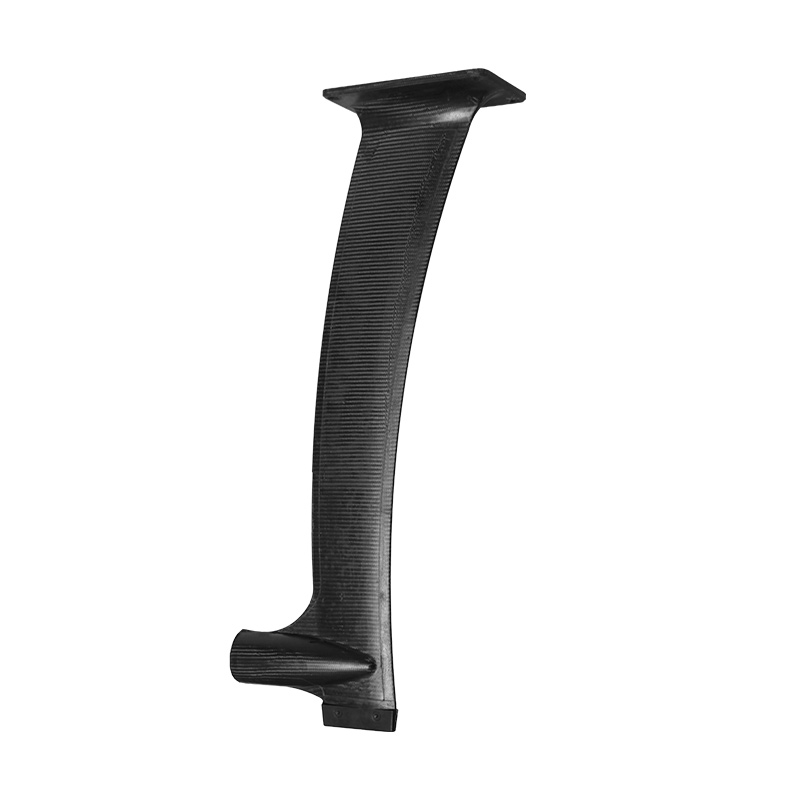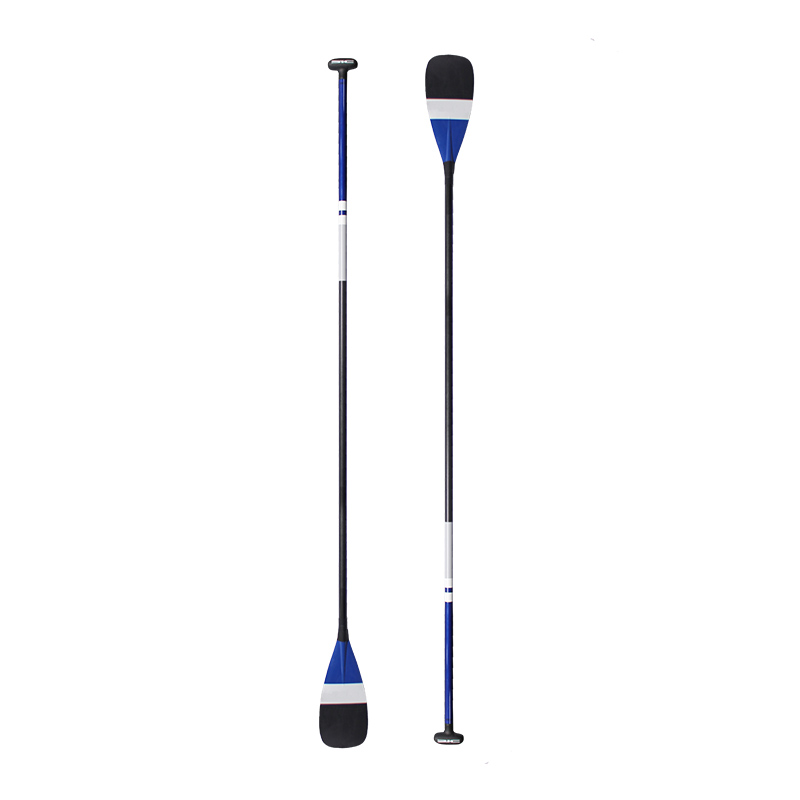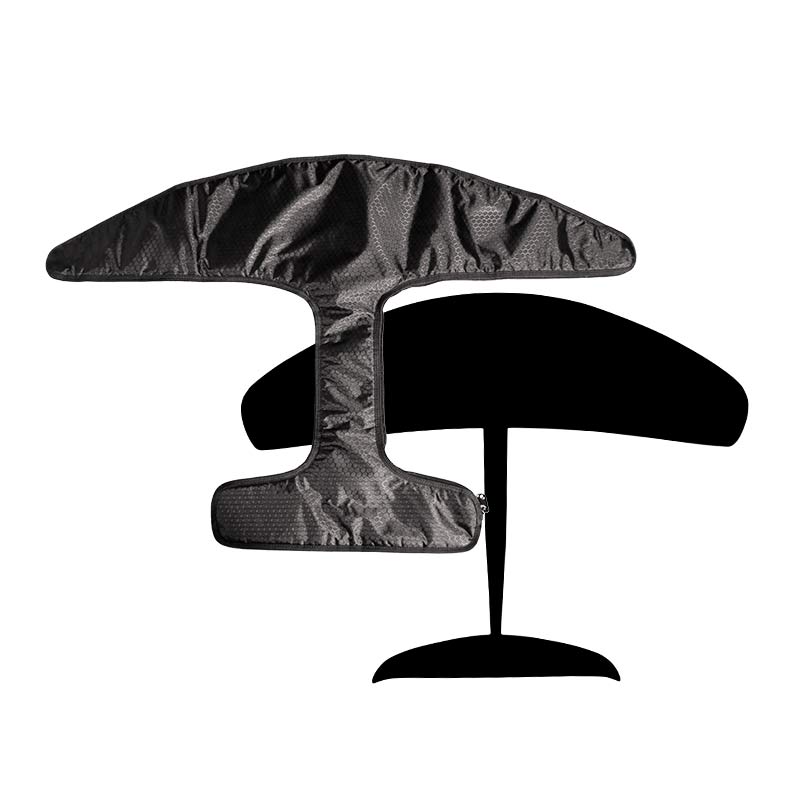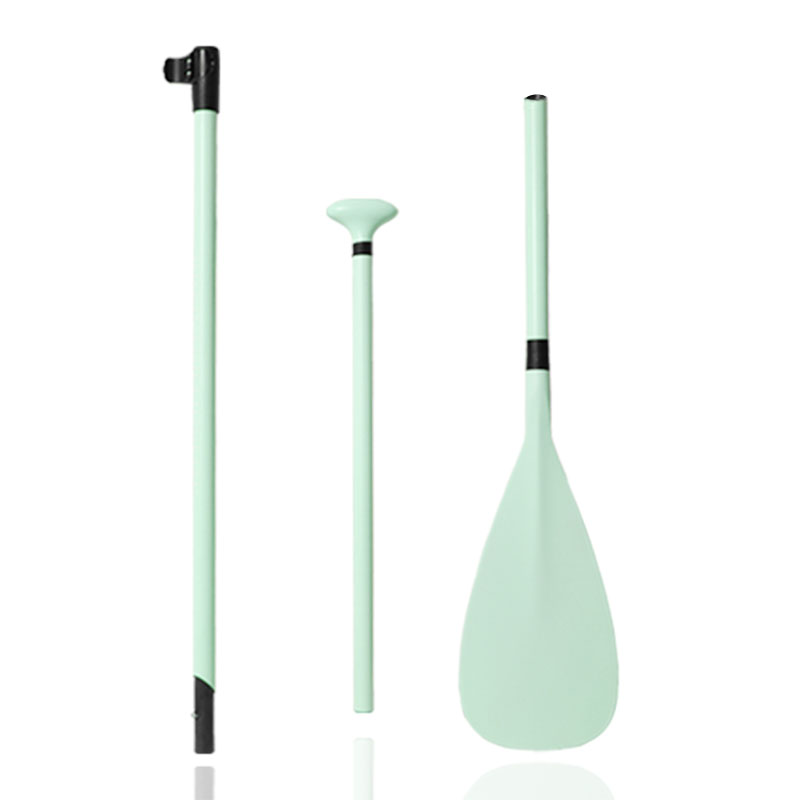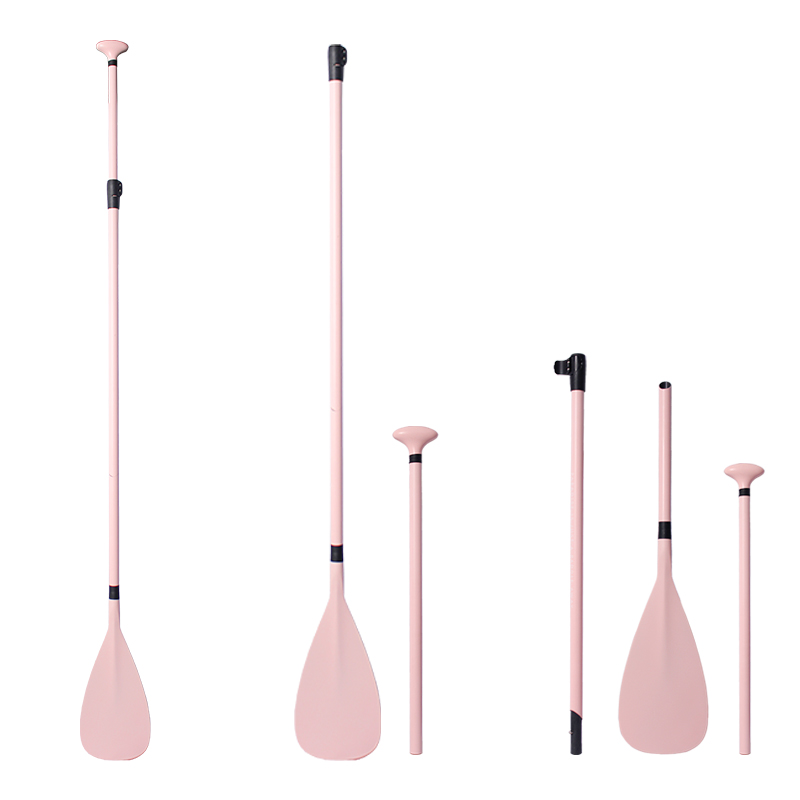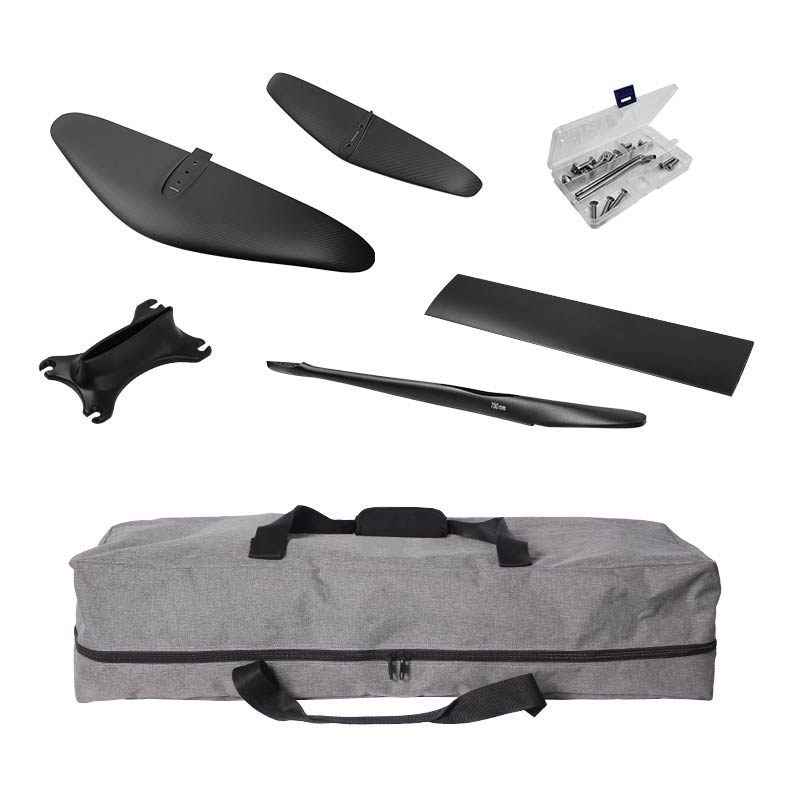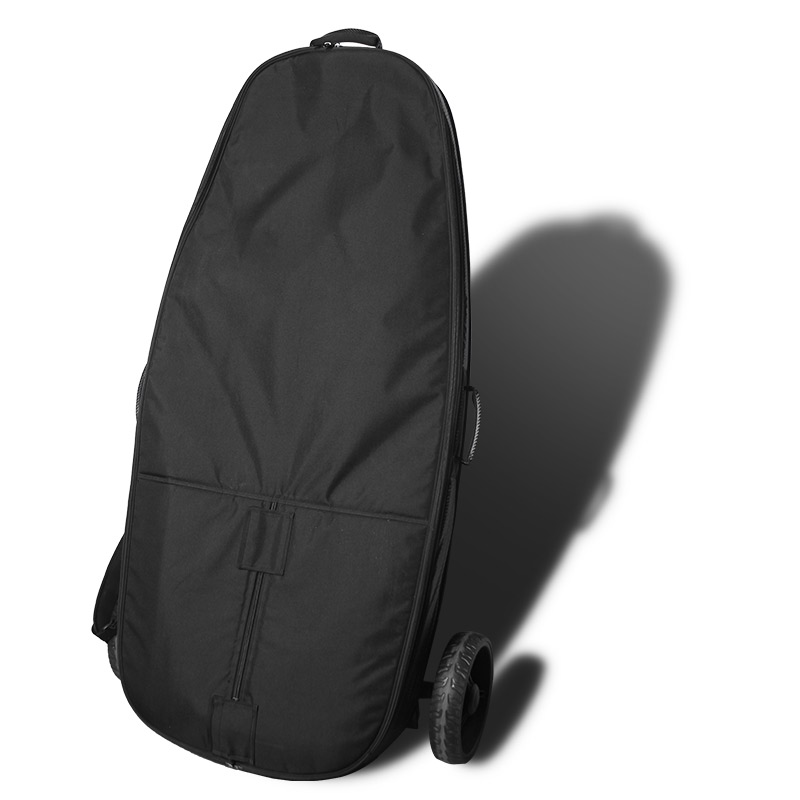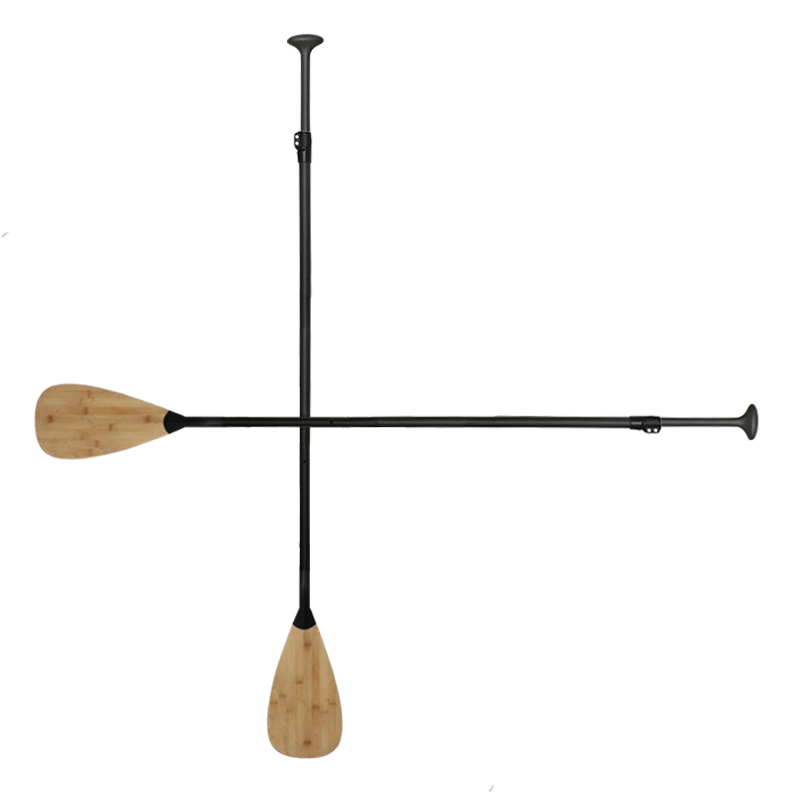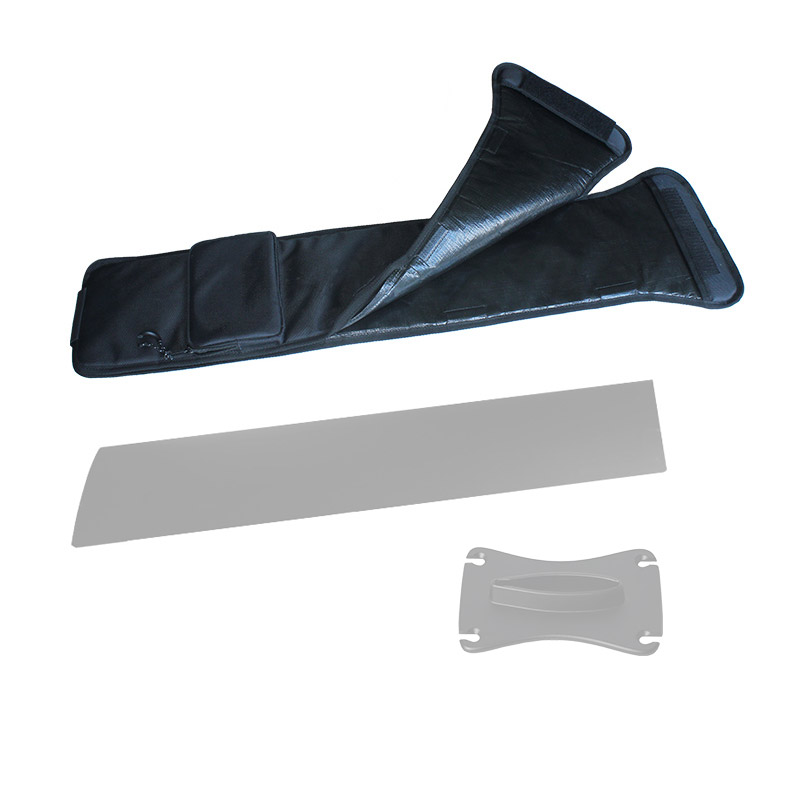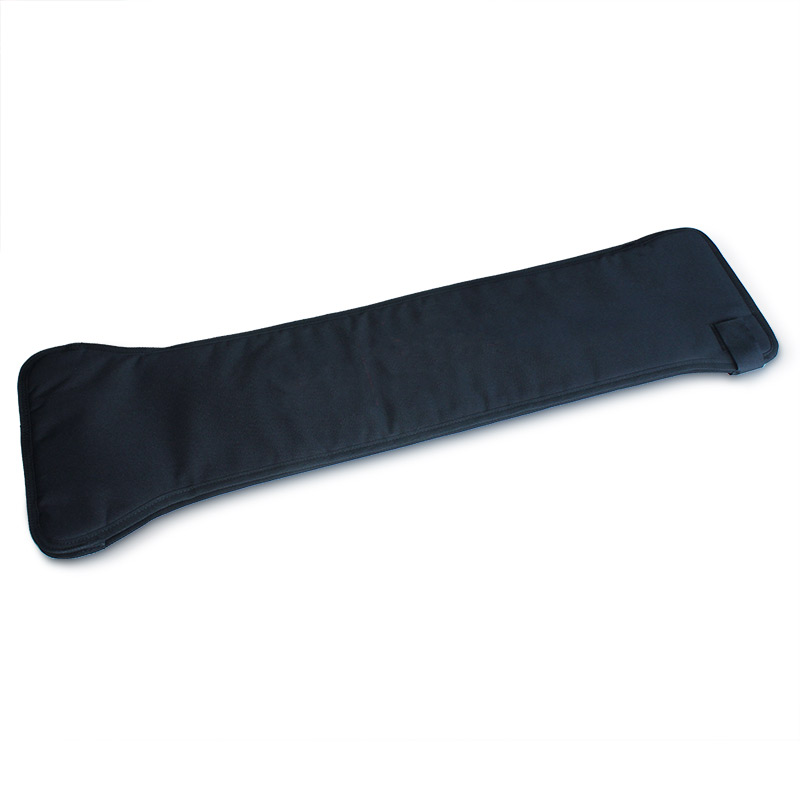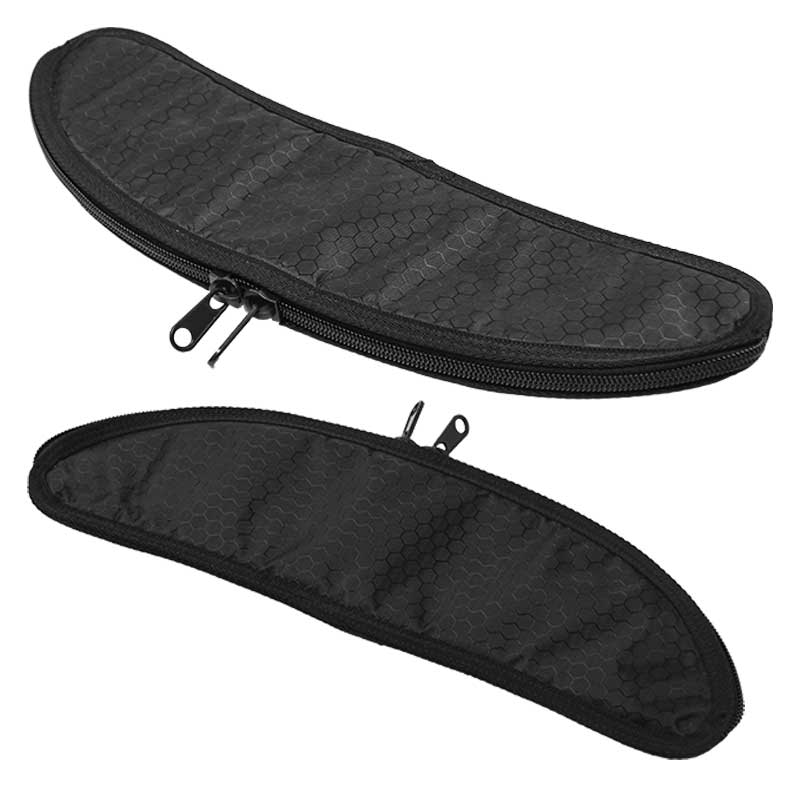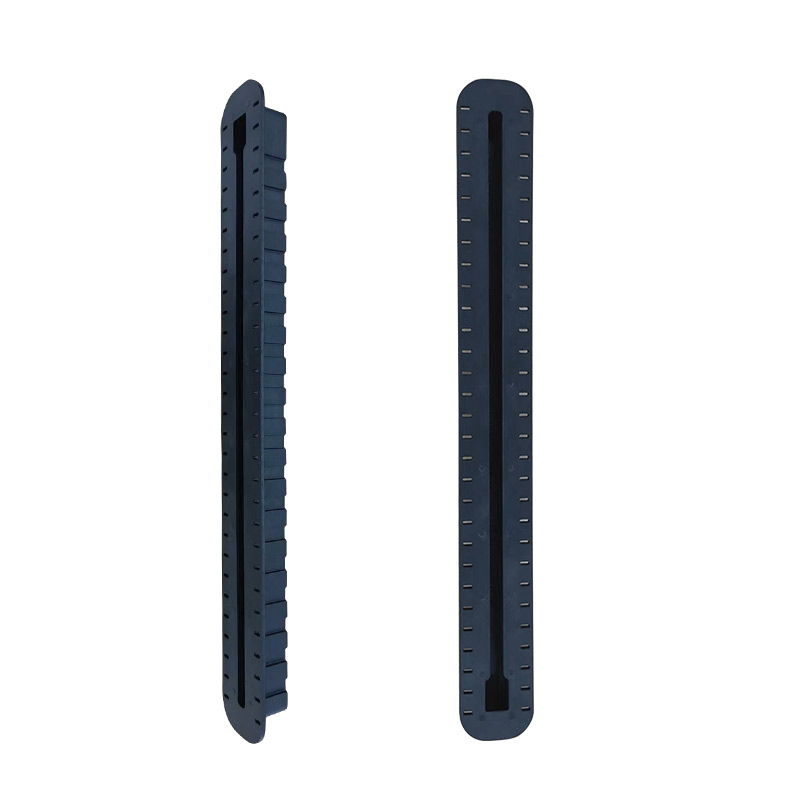No matter where you surf, there’s a universal set of rules that surfers around the world follow, known as surfing etiquette. These guidelines are designed to ensure that surfing is safe, organized, and enjoyable for everyone. By following these rules, we can all have a better and safer time in the water.

Surfing Etiquette Rules
Understanding and respecting these guidelines is crucial to protect everyone’s safety and to show respect for other surfers. Here are seven key surfing etiquette rules that you should know before you hit the waves.
01: Know Your Limits
Safety First is the surfing etiquette! While we all dream of conquering massive waves, it’s important not to push yourself beyond your limits. If you attempt to ride waves that are beyond your skill level, the best outcome might be catching the wave without injury. The worst? You could suffer serious injury or even risk your life. Understanding the tides, wave conditions, and weather is key. Choose waves that match your skill level, and over time, you’ll be able to tackle the bigger ones.
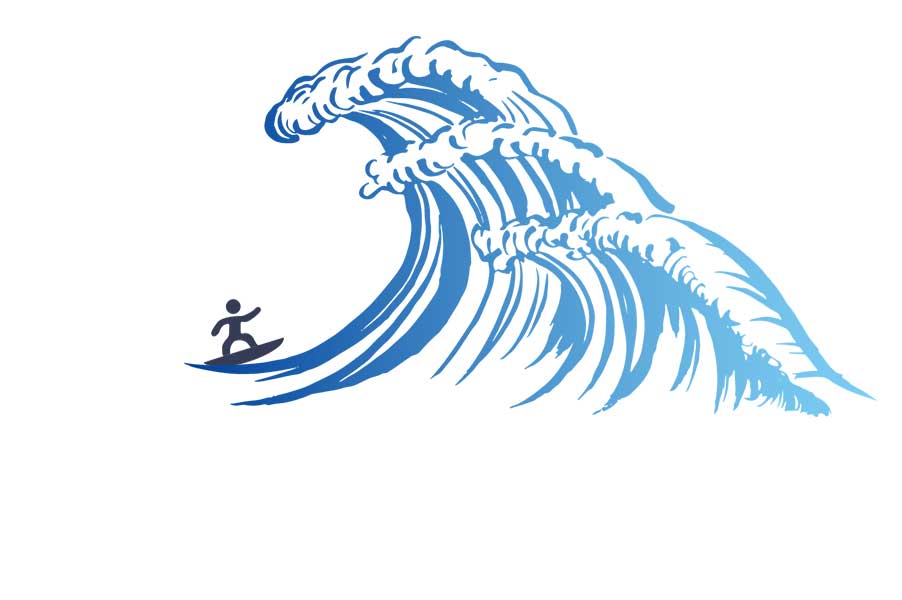
02: Don’t Drop In
This is one of the most fundamental rules of surfing etiquette. It’s simple: the surfer closest to the peak of the wave has the right of way. For example, if someone is paddling closer to the breaking part of the wave, they have priority. If the wave breaks from the middle, two surfers can go in opposite directions, each with their own priority on their side of the wave. Respect others in the water, don’t interfere with their ride, and follow the “first come, first served” rule when waiting for waves. If you accidentally collide with another surfer, apologize and make sure they’re okay.
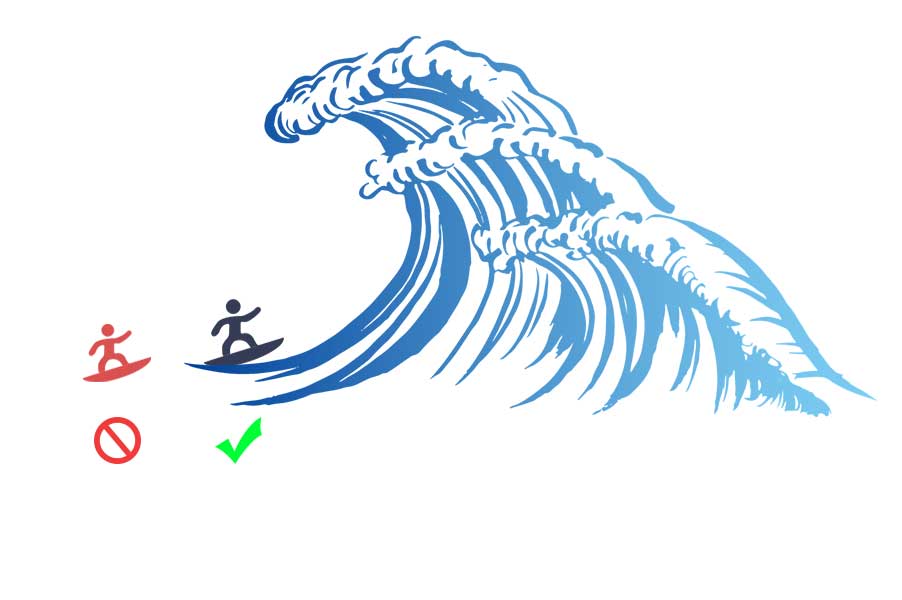
03: Don’t Be a Snake
This surfing etiquette rule mainly applies to more experienced surfers, who might be tempted to use their skill to steal waves from others. A skilled surfer might be in a poor position on the wave and might be tempted to snake around a less experienced surfer to take their wave. Snaking is when a surfer maneuvers around another surfer to steal a wave. If you’re guilty of this, it’s time to stop.
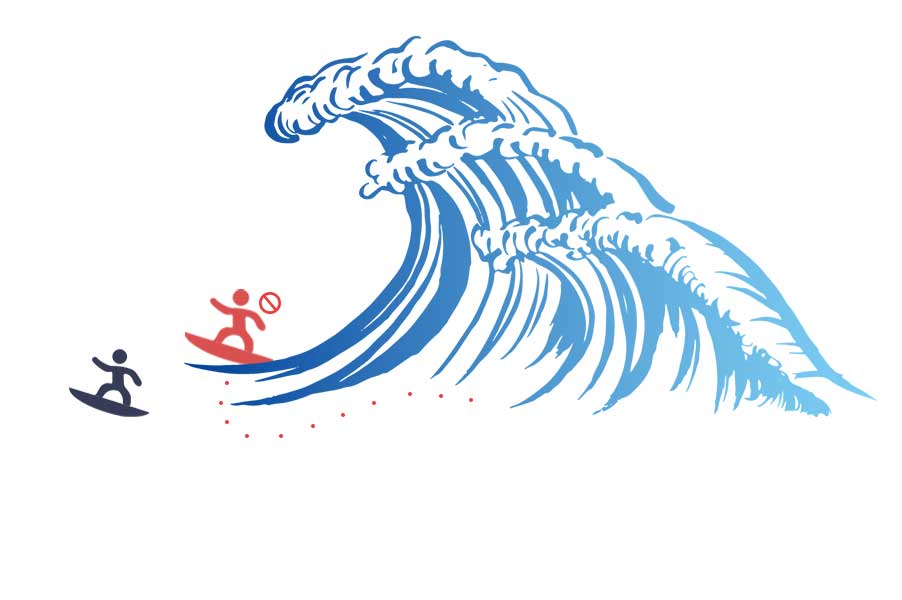
04: Don’t Paddle in Front of Someone Riding a Wave
This rule is straightforward, but even experienced surfers sometimes forget. When someone is riding a wave, don’t paddle directly in their path. Instead, paddle towards the breaking part of the wave and make your way back to the lineup from behind, ensuring you don’t obstruct anyone’s ride.
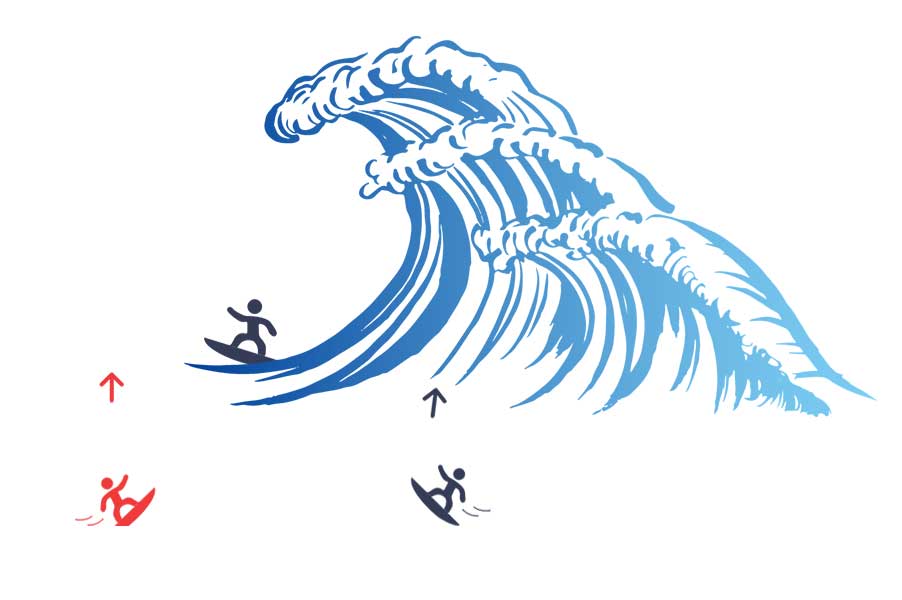
05: Share the Waves
Even if you’re skilled enough to catch every wave that comes your way, it doesn’t mean you should. This rule is especially important when the lineup is crowded. If you’re catching wave after wave while others are waiting, it could create tension, leading to wave stealing or snaking. Try sharing the waves, giving others who’ve been waiting a chance to enjoy the ride. The joy of surfing is often greater when shared with others.
At popular surf spots, waves can be limited. Respect the rights of more experienced surfers and locals, and avoid taking their waves.
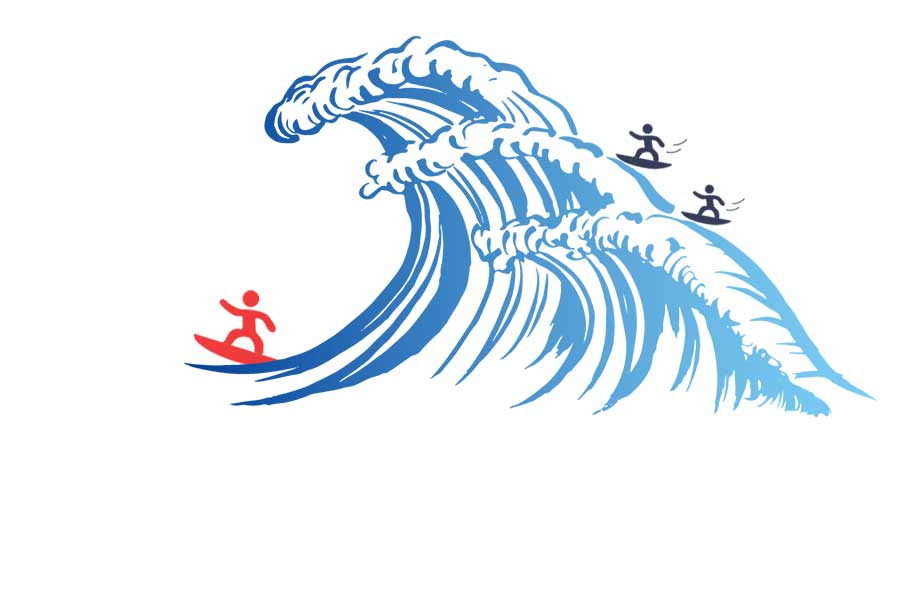
06: Don’t Ditch Your Board
This is the simplest of all the rules—don’t let go of your surfboard if you can avoid it. When you let go of your board, it can become a dangerous projectile in the water. If you’re paddling out and face a large wave, don’t ditch your board and dive under. A loose board can cause serious injuries to others. Hold onto your board to protect both yourself and those around you.
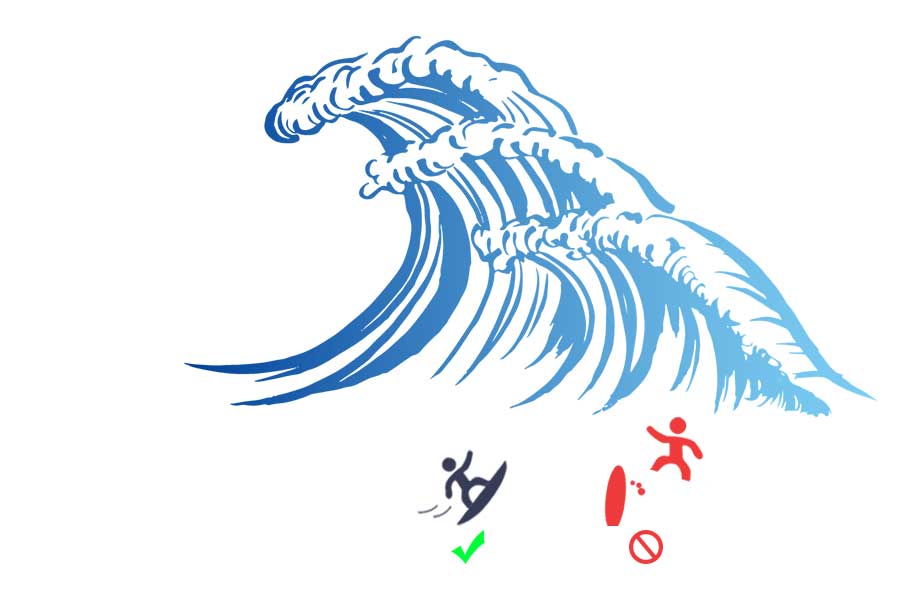
07: Respect the Locals & the Local Culture
Whether you’ve been surfing for years or are just starting, every surf spot has its own set of rules and traditions. Before heading to a new surf spot, take the time to learn and respect the local guidelines and culture. Local surfers are more familiar with the conditions and can often offer valuable advice. Respecting their space and the local customs can lead to a more positive experience for everyone is a necessary process of surfing etiquette.
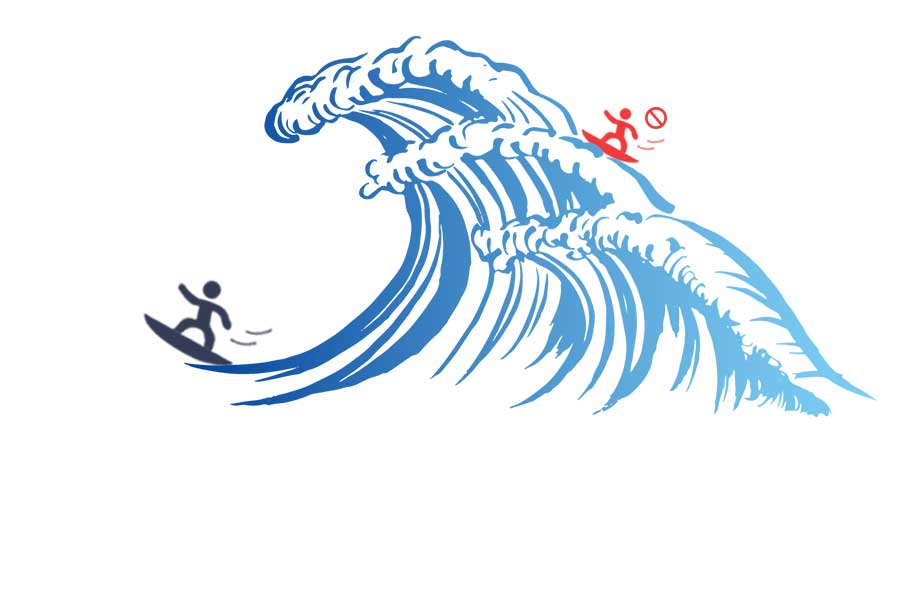
08: Protect the Ocean
One last important note: Don’t litter! Keep the beach clean and never leave trash behind is also an important rule of surfing etiquette. Protecting the ocean’s beauty and cleanliness is a responsibility shared by all surfers. Every little effort helps—take a moment to pick up some litter and leave the beach cleaner than you found it.
In conclusion, the goal of surfing etiquette is to ensure that everyone can enjoy surfing in a friendly, safe, and fun environment. By following these rules, surfers can help maintain the harmony and growth of the surfing community. And remember, improving your surfing skills not only benefits you but also helps reduce potential risks to others in the water. Unity Sports is a 12+ years experience composite surfing product manufacturer, if you need any OEM, ODM, and wholesale service, welcome to contact us for more details, thank you.

